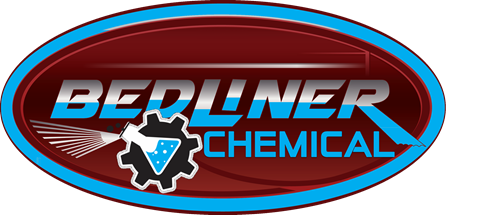Polyurea is a monolithic, homogeneous coating that offers a waterproofing and protective function. This material does not respond to chemicals, acids, alkalis, oil products. Polyurea can be used for flat rooftops, balconies, terraces, DOMES, artificial reservoirs, and other reservoirs repairing. It can also be used indoors as a finished coating. For this, additional decorative effects can be practiced.
Two polyurea types are mainly used: hot, applied by specialized high-pressure equipment, and cold polyurea. Сold polyurea is used in case of a small work volume, and in places where the spraying method is impossible or not worth applying.
Due to the high speed of hardening of this material, polyurea can be applied within a wide temperature range. At the same time, the material is not sensitive to air humidity.
In this case, the moisture content of the substrate can only affect the quality of adhesion. If strong adhesion to the substrate is required, the surface must be thoroughly dried up to about 3-5% of humidity before applying the appropriate primer.
Since polyurea does not contain solvents, it is a fully hardening material (dry residue content is 100%), does not emit harmful substances during exploitation, meets the most strict environmental safety requirements. That is why these systems are applicable in food manufacturing; in the production, purification, and storage of drinking water.
Hot-applied polyurea is spread by specialized high-pressure devices providing separate supply and heating of components. Since the system is highly reactive, the components are mixed at the molecular level in the gun's mixing chamber. As a result of the application process, a seamless monolithic coating of the required thickness is formed. Polyurea coatings are very flexible and durable; they have the highest durability exceeding the standards for ceramic tiles. Due to these properties, there is an increase in the popularity of these materials.
Polyurea area of application:
- In construction: protective coatings for roofs, terraces, balconies, protection of polyurethane coatings, and other elements.
- Waterproofing of building constructions, concrete slabs, concrete walls and foundations, concrete tanks, basement parts of buildings, steam baths, saunas, bases for tiles are laying, and more.
- Waterproofing of artificial reservoirs: pools, artificial lakes, ponds, water parks.
- Renovation of metal roofs, asbestos roofs, sloping and flat roofs.
- Food manufacturing and food storage.
- Water treatment and storage systems, reservoirs for drinking water, pipes, walls, and other reservoirs.
- "Green roof and walls" system.
- In shipbuilding: protection of ship hulls, finishing of decks, and other structures.
- Port facilities, berths, docks, gateways, buoys, and other facilities are contacting with seawater.
- Farms, fish farms. Fertilizer storages, and other facilities.
- Chemicals and oil refining industries.
- In-car industry, car repair, and tuning; corrosion protection of cars, jeeps, car bodies, and trailers.
- Car washes, gas stations, garages, car services, fuel tanks.
- Installation of floor systems in parking lots, garages, retail areas, warehouses, manufacturing facilities, sidewalks, public transport stops, non-slip finishing.
ArmorThane has been working in the market of construction and finishing works for 30 years now. At present, ArmorThane is a multinational company that consists of specialized and mechanized teams. Their team widely uses mechanization technology in preparation, transportation, and application of materials, which allows us to optimize our work and shorten the time. Their customers are offered a wide range of quality services:
- Painting.
- Finishing plastering.
- Decorative work.
- Texturing.
- Washing and cleaning surfaces from grime, soot, old oil stains, chalk, or other coatings.
Professional execution of painting works of any level of complexity in different kind of facilities including:
- Factory halls and facilities.
- Industrial buildings.
- Carwashes.
- Car services.
- Retail areas.
- Shops.
- Office buildings.
- Educational institutions, schools, kindergartens.
- Food manufacturing, food warehouses.
- Apartment buildings.
- Repairing of porches, staircases.
- Storage areas for any purpose.
- Houses, apartments, and other residential premises.
Why Choose ArmorThane?
With over 30 years of experience and a real focus on customer satisfaction, you can rely on them for your next project. They provide professional renovation and installation services with a real focus on customer satisfaction.
- Financial Responsibility to their Clients
- Superior Quality and Craftsmanship
- Quality and Value to the Projects they Deliver
- Highest Standards in Cost Control
- On-Time and on Budget
- Real Focus on Customer Satisfaction





















